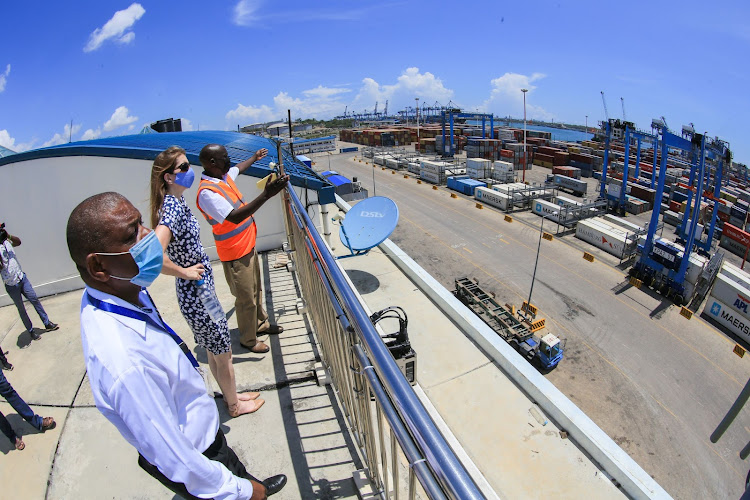The Port of Mombasa, one of Kenya's main ports, serves as a hub for the country's economy by generating income from international trade, which includes imports and exports both to and from Kenya. The Kilindini Harbour, which makes up the bulk of the port of Mombasa, the old port, port Reitz, and port Tudor comprise the four sectors of the port. It is essential since it not only makes the country's maritime trade easier but also benefits the East African region strategically.
Employees and owners of companies that provide port-related services, companies that supply goods and services, shippers of goods who use the port because it offers lower transportation costs or greater convenience, and local residents who can access a wide range of goods and services are all beneficiaries in terms of the economy from Mombasa's port.
As a result of the expansion in the variety of goods and services available in national marketplaces, Kenya, in this case, Mombasa inhabitants, have been exposed to new lifestyles and ideas through Kenya Ports of Authority's (KPA) participation in international enterprises.
Furthermore, it has made it possible for small business owners to conduct their everyday operations while navigating the port with ease.
Kenya Ports of Authority (KPA) was able to expand the six-lane concrete Kipevu road which has increased the capacity of the ports by improving in and out flow of traffic, and achieving other economic benefits, such as reduced congestion and quick gate clearance, thanks to Trade Mark East Africa, which provided a two billion shilling grant to KPA.
The people of Mombasa benefit from the port's income through nature-based tourism (cruising and sailing), being home to some of the richest marine ecosystems which attract international visitors to the country through imports and exports I.e machinery and agricultural produce.
In addition, KPA and Japan International Cooperation Agency started implementing the Dongo Kundu resettlement plan (Special Economic Zone), which aims to encourage Mombasa's private sectors to establish industries on the land they would gain from the project. This proved to be one method of generating employment, which would help to lower crime rates and raise people's standard of living.
Though not most will agree with this, education attainment is also a crucial factor of economic success because literate personnel will be occupying the job market for the effectiveness of a particular job opportunity as they would be offering skilled labor to that particular firm. KPA invests heavily in education through partnering with various school institutions (Shimo la Tewa Boys High School) for the betterment and improvement of school infrastructure to enable a conducive learning environment for the students.
It is with the ongoing development of the port and its services, that the Country’s economy will vastly be recognized globally, now, and the years to come, as KPA strongly plans on efficiently harnessing the blue economy.








Splendid 👌
ReplyDeleteGood article
ReplyDeleteNice piece
ReplyDeletegood job👏👏
ReplyDeleteExcellent background information .I appreciate your insights. And you've explained it so clearly, great 👍work
ReplyDeleteKeep it up girl
ReplyDeleteNice one
ReplyDeleteNice Article
ReplyDeleteGreat article 😊
ReplyDeleteInteresting work
ReplyDeleteInteresting
ReplyDeletegood article
ReplyDeleteInformative
ReplyDeleteGreat article 👌
ReplyDeleteNice article
ReplyDeleteImpressive article
ReplyDeleteGood job 👏
ReplyDeleteDid they return the Port to county .
ReplyDeleteYeah..they did
DeleteHope they now know that Mombasa Port is the mother to Mombasa County
DeleteIt's a good article
ReplyDeleteWell researched
Nice article
ReplyDeleteAmazing
ReplyDeleteGood job
ReplyDeleteNice one 💯
ReplyDeleteNice article
ReplyDeleteImpressive work
ReplyDelete👏👏
ReplyDeleteIncredible
ReplyDeleteGood work
ReplyDeleteGreat work
ReplyDeleteVery informative 👌
ReplyDeleteNice article
ReplyDeleteGood job
ReplyDelete